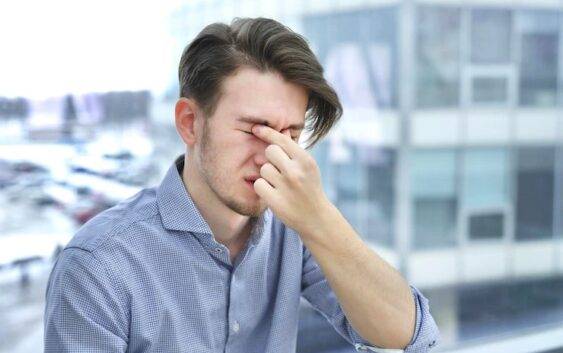- Digital Vitamin Hub: Discovering Reliable Online Platforms for B12 Injections in the UK
- Dental Tourism Exploring Affordable Dental Care Abroad
- Discovering Hope in Hospice Care, Los Angeles
- The Pain That Is Sustained After An Auto Accident Is Often Delayed
- CONSCIOUSLY DISCOVERING CARPAL TUNNEL SYNDROME
The Definitive List Of Dry Eye Causes And Treatment

Dry eye is a common problem that can affect people of all ages. Symptoms can include pain, blurred vision, and sensitivity to light. In this article, we’ll provide you with a comprehensive list of the most common causes of dry eye, as well as the best ways to treat it. Dry eye is a common problem, and there are many potential causes. Here’s a list of some of the most common ones and some possible treatments.
Causes of dry eye:
- Age: As people age, their tears become less frequent and less potent. Dry eye can also occur as a result of other factors like poor sleep or stress.
- Genetics: Some people are more likely to develop dry eye than others, and the condition may run in families.
- Occupation: Certain jobs – like working in a dusty environment or as a photo lab technician – can increase your risk of dry eye.
- Smoking: Smoking is one of the major contributors to dry eyes, as cigarette smoke contains chemicals that can damage the eyesight.
- Environmental Factors: Some things in the environment can contribute to dry eyes, including dust, pollen, and other pollutants.
Signs and Symptoms of Dry Eye
Dry eye is a condition that affects the eyes and can cause discomfort. There are many different causes of dry eye, and some people may experience it more often than others. Here are some of the most common signs and symptoms of dry eye:
-Itching or burning in the eyes
-Redness or irritation in the eyes
-Difficulty seeing clearly
-Sensitivity to light
-Strawberry eye
Topical Treatments for Dry Eye
There are many topical treatments available for dry eye symptoms, and the options are growing every day which are studied in kraff eye institute. Here is a list of the most popular topical treatments and what they do:
- Artificial tears: These supplements contain a mixture of water, saline, and other ingredients to help restore moisture to the eyes. They are generally effective in relieving symptoms of dry eye, but their long-term use is controversial because they can cause irritation, overproduction of Tears, and even blindness in some cases.
- Coenzyme Q10: This nutrient is often prescribed to people with AMD or other age-related eye diseases because it has been shown to improve vision. In addition to its role as an antioxidant, coenzyme Q10 has been shown to help the body produce more Tears and lubricate the Eye Glands. It is available as a pill or liquid supplement.
- Ointments: These preparations are made from various oils and fats that are applied to the Eye Glands directly. They work well as short-term treatments for mild to moderate dry eye symptoms because they provide relief quickly without any serious side effects. Some ointments also contain antibacterial properties that can help fight infection.
Home Treatments for Dry Eye
If you’re one of the millions of people who suffer from dry eye, you may be wondering what can be done to improve your condition. Here’s a look at some common causes and treatments for dry eye, as well as advice on how to manage your symptoms. If you’re experiencing dry eye symptoms, it’s important to seek out a diagnosis and treatment as soon as possible. In this article, we’ve outlined the most common causes of dry eye and provided recommendations for treatments. If you or someone you know is struggling with dry eye, don’t hesitate to reach out for help.
